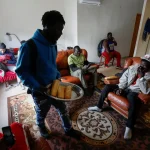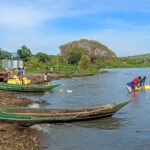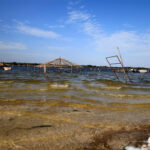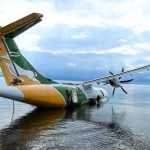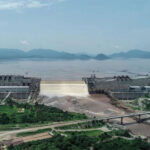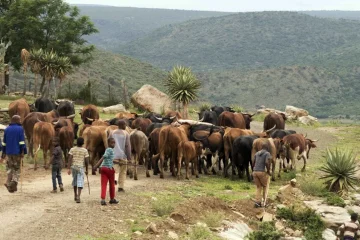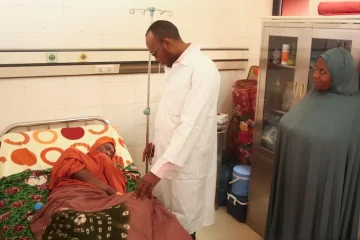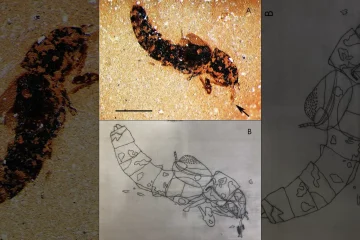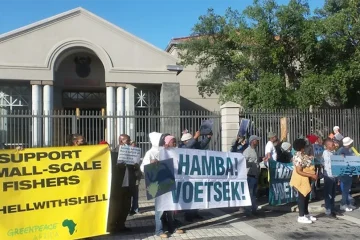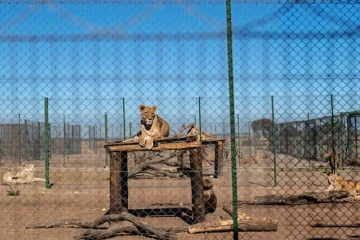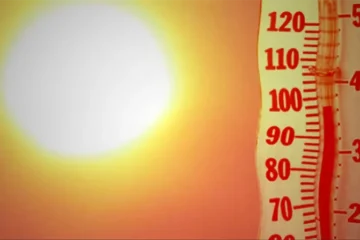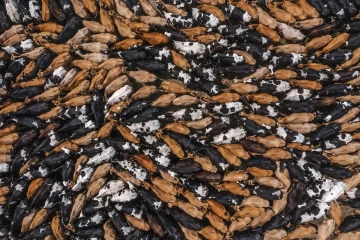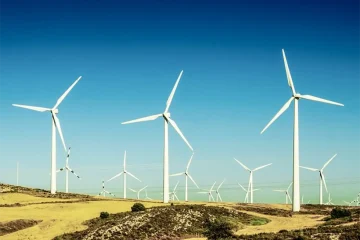BAZ RATNER
FISHERMEN on the shores of Kenya’s Lake Turkana, the world’s biggest desert lake, have no doubt about what is to blame for their dwindling fish stocks: a giant hydroelectric dam built by Ethiopia on the River Omo, which feeds the lake.
“We are now seeing Nile perch stocks drastically reduce,” said fisherman Fitbo Lalukol. He says boats must sail much further out into the lake to get a good catch.
Officials at Ethiopia’s ministry of water, irrigation and energy did not respond immediately to a Reuters request for comment on the fishermen’s claims.
Complaints about the Omo dam have been overshadowed by another major water dispute, between Ethiopia and Egypt. Ethiopia is building the Grand Ethiopian Renaissance Dam on the Blue Nile, which Cairo says will strangle its lifeline, the Nile.
The government in Addis Ababa has said it needs the mega-dams to generate enough electricity for its population of 109 million, only about a third of whom have access to power.
But people who live around Lake Turkana, Kenya’s poorest region, say the power from Gibe 3 – which is nearly 250 meters high – is produced at their expense. Around 90% of Lake Turkana’s water comes from the Omo river.
Data from the Unites States Department of Agriculture shows the lake’s water level dropped to 363 metres in 2016, when Gibe 3 opened, from 365 metres. Unseasonably heavy rains mean levels are back up, but fishermen fear that is only temporary.
“At one point you have the lake totally receding and no fish,” said Ikal Angelei, a local environmental activist.
Angelei said Kenya and Ethiopia need to share resources so poor communities aren’t left behind.
“The local community has to be involved in this whole process, both for conservation and economic value,” she said. – Thomson Reuters Foundation.
- Egypt, Sudan and Ethiopia deadlocked on Nile dam
- Violence in Ethiopia underscores unresolved ethnic tensions
- The battle for Nile River water and the impact on humans
- Talks to avert African water wars resume

